How to calculate diesel generator efficiency?
When we talk about diesel generator efficiency, we’re measuring how much electricity you actually get from every liter of diesel. Think of it as your generator’s "fuel IQ" – the higher the percentage, the smarter it uses your expensive diesel. Get this right, and you’ll see lower operating costs, fewer emissions, and less downtime. For operations managers sweating over energy budgets, mastering diesel generator efficiency isn’t optional – it’s survival.

The Math That Matters: Doing the Efficiency Calculation
Let’s demystify the calculation every plant manager should know. We use thermal efficiency – the industry’s gold standard:
Thermal Efficiency (%) = (Useful Electricity Out / Diesel Energy In) × 100
Here’s how to run the numbers yourself:
Track your output
Read kWh delivered from your control panel meter during a test periodMeasure diesel consumed
Use calibrated tanks or flow meters (e.g., 62 liters over 8 hours)Convert fuel to energy
Multiply liters by diesel’s energy value:
*Standard diesel ≈ 10.8 kWh/L*
→ 62 L × 10.8 kWh/L = 670 kWh inputCrunch the numbers
280 kWh output? Efficiency = (280/670)×100 = 41.8%
Field alternative: Many techs prefer Specific Fuel Consumption (SFC) – liters burned per kWh produced. Modern units achieve 0.21-0.26 L/kWh; if yours hits 0.35L, it’s bleeding money.
The Load Sweet Spot: Where Your Generator Thrives
Your generator’s diesel generator efficiency peaks at 70-85% load – its "happy zone". Stray outside this range and problems mount:
Below 40% load?
Engines run cold, burning dirty. Expect 15-20% efficiency drops and clogged components.Above 90% capacity?
Like an overloaded truck, stress causes overheating and accelerated wear.
Practical fixes we’ve seen work:
Right-size generators to match typical loads (not rare peaks)
Install load-sharing controllers when demand fluctuates
Why Your Efficiency Numbers Might Lie: 5 Measurement Traps
Calculating true diesel generator efficiency gets messy in real-world conditions. Watch for these culprits:
1. Diesel quality roulette
Fuel energy content varies ±3% between suppliers. Fix: Request batch test certificates
2. Faulty or uncalibrated gauges
Cheap meters introduce up to 7% error. Fix: Annual calibration with certified tools
3. Environment’s invisible hand
High heat (>38°C)? Thin air starves combustion → 4-9% efficiency loss
Altitude (>1000m)? Derate output 12-18% or face fuel waste
4. Hidden power drains
Cooling systems/controllers consume 4-8% of output. Always calculate net efficiency: (Gross Output - Parasitic Load) / Fuel Input
5. Machine health issues
Dirty air filters (↓10% efficiency) or worn injectors (↓7%) distort readings.
Proven Efficiency Boosters: 5 Field-Tested Tactics
Improving diesel generator efficiency requires more than math – try these real-world solutions:
Match size to actual need
That 750kVA unit running at 150kW? It’s burning 25% extra fuel idling.Maintenance as profit protection
Air filters: Change every 400-500 hours
Injector service: Non-negotiable annual task
Load testing therapy
Monthly 2-hour runs at 75% load clear carbon deposits.Harness waste heat
Capture exhaust heat for facilities – turns 35% efficiency into 80%+ total energy use.Digital monitoring
Systems like JLMECH PowerWatch® flag efficiency drops before they cost you.
Turning Numbers Into Savings: Your Action Plan
Understanding diesel generator efficiency converts technical data into profit. Just 5% improvement on a 500kVA unit saves $8,000+/year at today’s diesel prices.
JLMECH’s efficiency-focused designs deliver 43-47% thermal efficiency – proven in mining, hospitals, and data centers.
Contact our efficiency team at skala@whjlmech.com to:
Request your free Fuel Savings Assessment
Access generator sizing calculators
Discuss maintenance programs that protect efficiency
References
1. International Organization for Standardization. (2018). *ISO 8528-1:2018 Performance testing standards*.
2. European Power Systems Council. (2023). Diesel Generator Fuel Consumption Field Study.
3. Roberts, A. (2022). Load Management in Backup Power Systems. Energy Engineering Review.
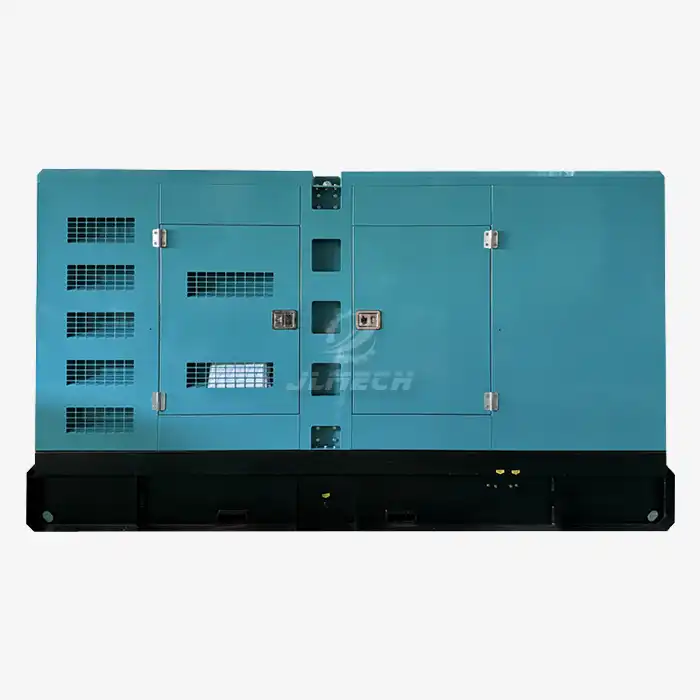 VIEW MOREOutdoor application diesel generator
VIEW MOREOutdoor application diesel generator VIEW MOREPortable outdoor diesel generator
VIEW MOREPortable outdoor diesel generator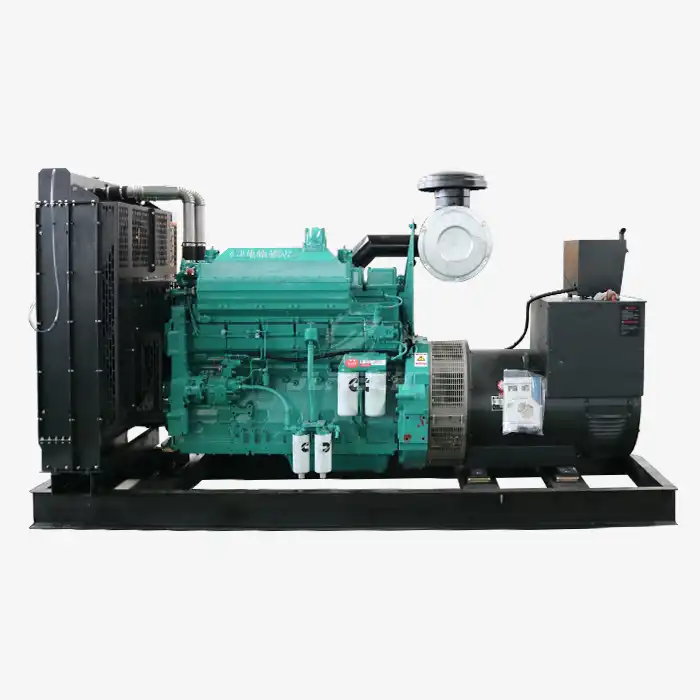 VIEW MOREdiesel generator set cummins
VIEW MOREdiesel generator set cummins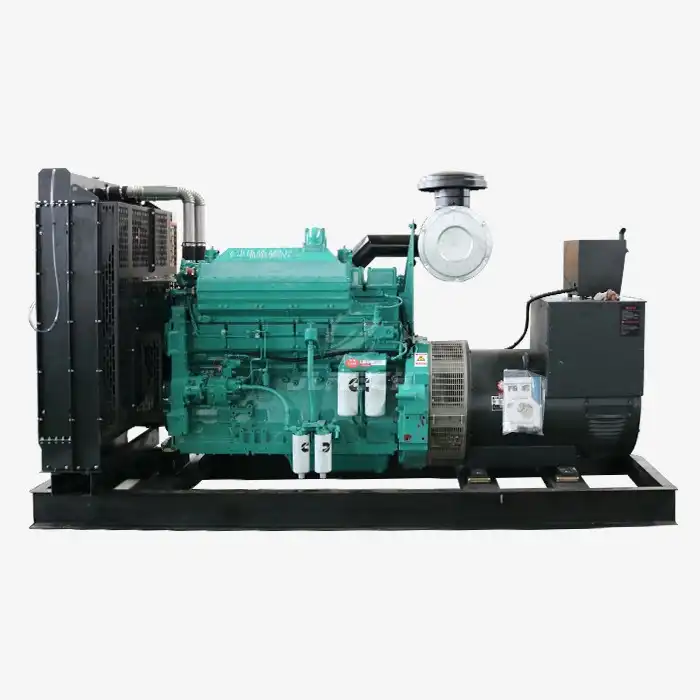 VIEW MOREcummin diesel generator
VIEW MOREcummin diesel generator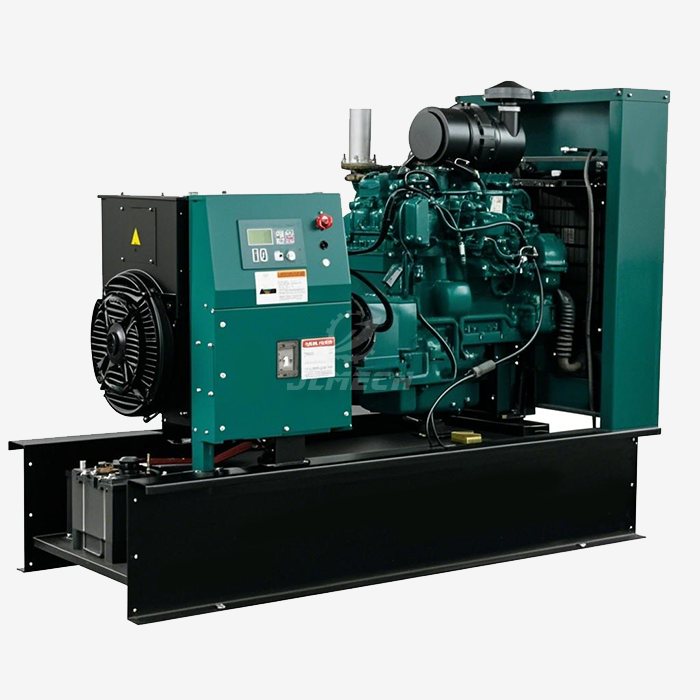 VIEW MORE25kva kubota diesel generator
VIEW MORE25kva kubota diesel generator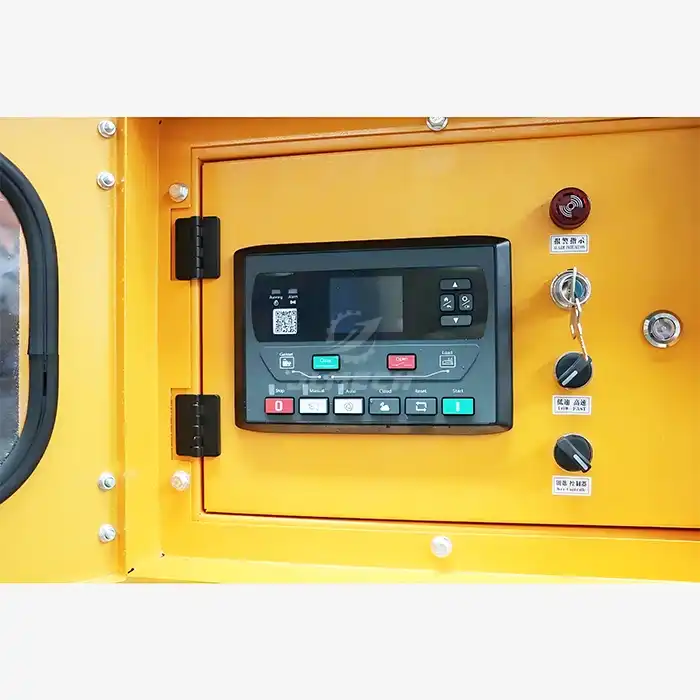 VIEW MOREgenerator control board
VIEW MOREgenerator control board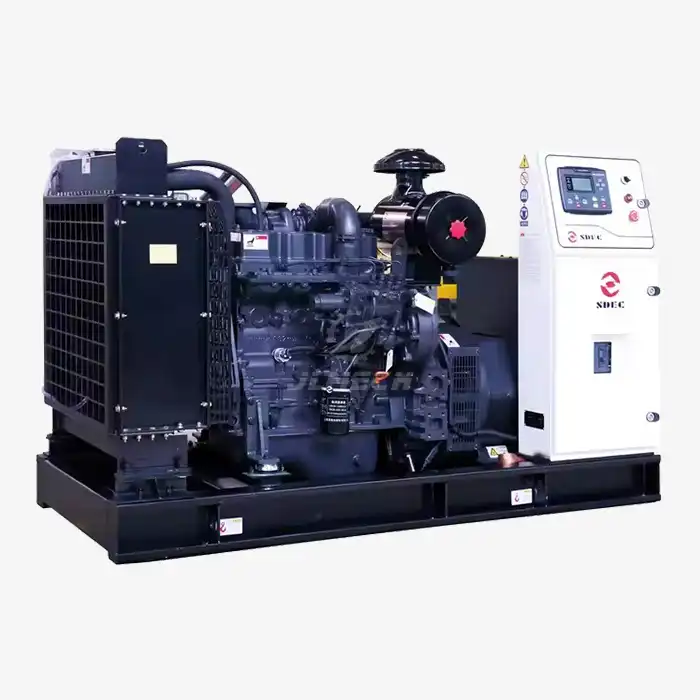 VIEW MOREshangchai diesel generator 50KW
VIEW MOREshangchai diesel generator 50KW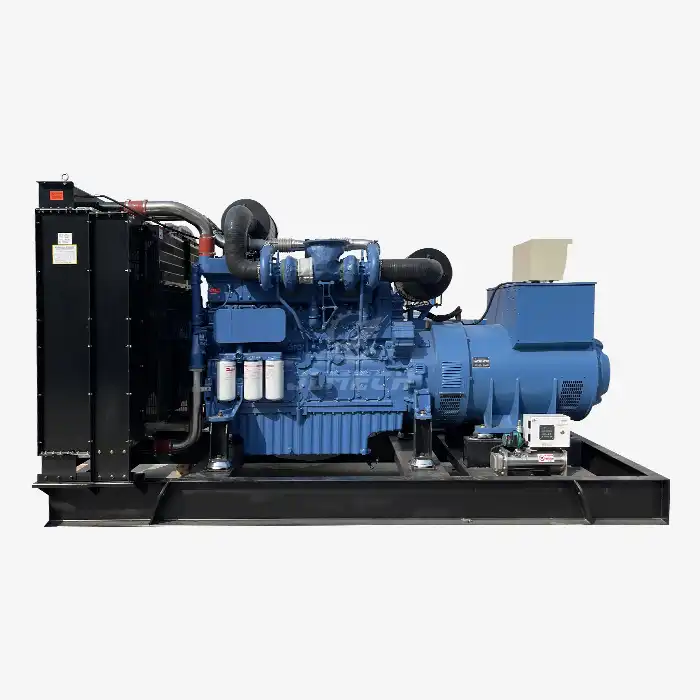 VIEW MOREdiesel generator yuchai 70kva
VIEW MOREdiesel generator yuchai 70kva



